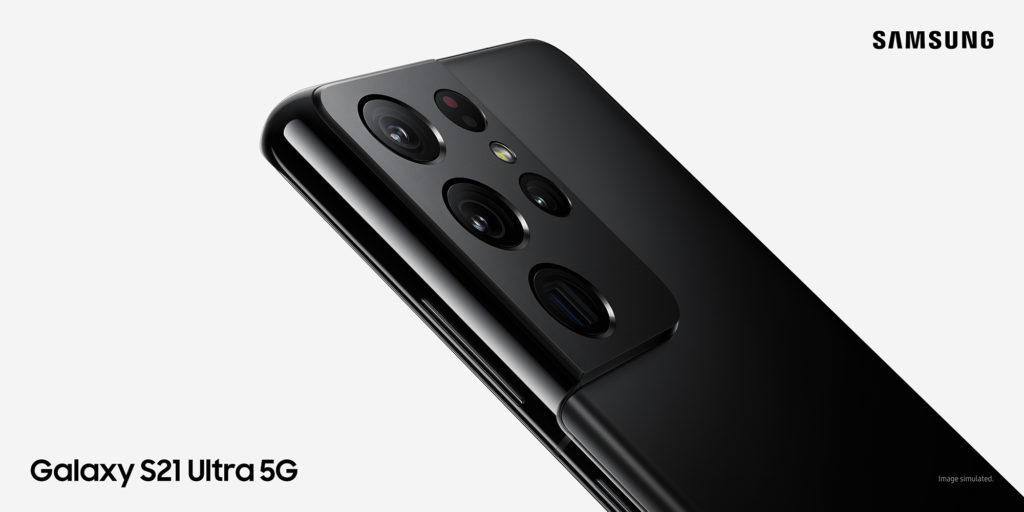
A few weeks after putting the Samsung Galaxy S21 Ultra under the microscope, it’s time to take a closer look at the most affordable model in South Korea’s new range.
“Accessible” is a bit of an exaggeration. But if you keep in mind that 400€ separates the Galaxy S21 from the S21 Ultra, the term is not so shameful. Especially since this year, Samsung has somewhat revised its pricing policy.
Contrary to last year, no 4G model on the horizon. Samsung is definitely switching (on the high-end in any case) to 5G, and adjusts the sliders accordingly. And the result is very pleasant: the Galaxy S21 5G starts the auction at €859, compared to €909 for the Galaxy S20 4G last year.
A positioning that makes the Galaxy S21 a more formidable opponent than ever for Apple’s iPhone 12.
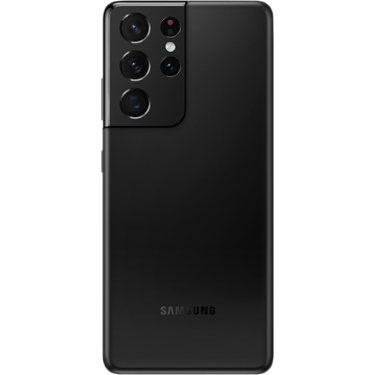
Samsung Galaxy S21
+ An attractive small format
+ A beautiful screen with bright colors
More reactive +fingerprint scanner
+ A versatile photophone
- An important thermal throttling
- Disappearance of the micro SD port
- (No charger in the box)Samsung Galaxy S21 : the data sheet
As the gateway to the Galaxy S universe, the S21 fulfills most of what you would expect from a high-end smartphone. But unlike the S21 Ultra, it’s not able to adopt WQHD+ definition while maintaining a 120Hz display frequency.
- Display: Dynamic AMOLED 2X 6.2-inch (20:9) display with 2400 x 1080 pixel (421 dpi, 120 Hz, HDR10+) resolution and covering approximately 87% of the front surface of the phone. Protected by Gorilla Glass Victus glass.
- SoC: Exynos 2100, etched in 5 nm (1×2.9 GHz + 3×2.8 GHz + 4×2.2 GHz and Mali-G78 MP14 GPU)
- RAM: 8 GB LPDDR5
- Internal storage: 128 or 256 (not expandable via SD card)
- Battery: 4,000 mAh, fast recharge at 25 W wired and 15 W wireless
- Waterproofing: IP68 (1.5 meter depth for 30 minutes)
- 3.5 mm jack: No
- Audio : Stereo speakers
- Rear cameras :
- Wide angle: 12 megapixels ƒ/1.8, 1/1.76″ sensor, 1.8 µm pixels, 26 mm focal length, OIS
- Ultra wide-angle: 12 megapixels ƒ/2.2, 1/2.55″ sensor, 1.4 µm pixels, 13 mm focal length
- Telephoto lens: 64 megapixels ƒ/2.0, 1/1.72″ sensor, 0.8 µm pixels, 70 mm focal length (3x hybrid zoom), OIS
- Front camera: 10 megapixels ƒ/2.2, 1/3.24″ sensor, 1.22 µm pixels, 26 mm focal length
- Vidéo : 8K@24ips, 4K@60ips
- Unlocking: Ultrasonic fingerprint sensor under the screen, 2D facial recognition
- Dual SIM: Yes
- 5G Compatible: Yes
- Connectivity: Wi-FI 802.11 a/b/g/n/ac/6, Bluetooth 5.0, NFC
- Dimensions: 151.7 x 71.2 x 7.9 mm
- Weight: 169 grams
- SAR: Head: 0.456 W/kg, trunk: 1.509 W/kg, limbs: 1.910 W/kg
- OS : Android 11 + OneUI 3.2
- Color : Phantom Violet, Phantom Gray, Phantom White, Phantom Pink
- Price: 859€ for 8+128 GB, 909€ for 8+256 GB
- Availability: Available
A small format, therefore, which nevertheless benefits from Samsung’s latest innovations, especially when it comes to video. We are excited about the possibility of filming in 4K at 60 frames per second on all lenses, for example.
But that’s something that needs to be addressed. As with the Galaxy S21+ and Galaxy S21 Ultra, the Galaxy S21 does not come with a charger in its box.
Design: a very nice smartphone, rather compact
Take the Galaxy S21 Ultra. Reduce its volume and give it a good slimming treatment; you will get the Galaxy S21. To put it another way: we are dealing here with the quasi-antithesis of the Ultra model. A small smartphone (compared to the new 6.67-inch standard, of course) that’s very easy to hold and fits in almost any pocket.
But while the aesthetics of the S21 range is spread out over the three models launched by Samsung this year, a few cuts have been made on the one we are interested in today. Unlike the S21+ and S21 Ultra, the back of the phone here is made of plastic. Yes, exactly like the Galaxy S20 FE and the Galaxy Note 20.
But our feeling about this choice has not changed. To be completely transparent, I currently have the Galaxy S21, S21+ and S21 Ultra in front of me, and it is perfectly impossible for me to differentiate the composition of their back. To the eye as well as to the touch, all three cameras enjoy the same care, the same matte finish, very soft under the finger. I would even say that to the advantage of the S21, the choice of plastic allows Samsung to drastically reduce the weight of the smartphone compared to the other two. This small model weighs 169 grams, compared to 200 grams for the S21+ and 227 grams for the S21 Ultra.
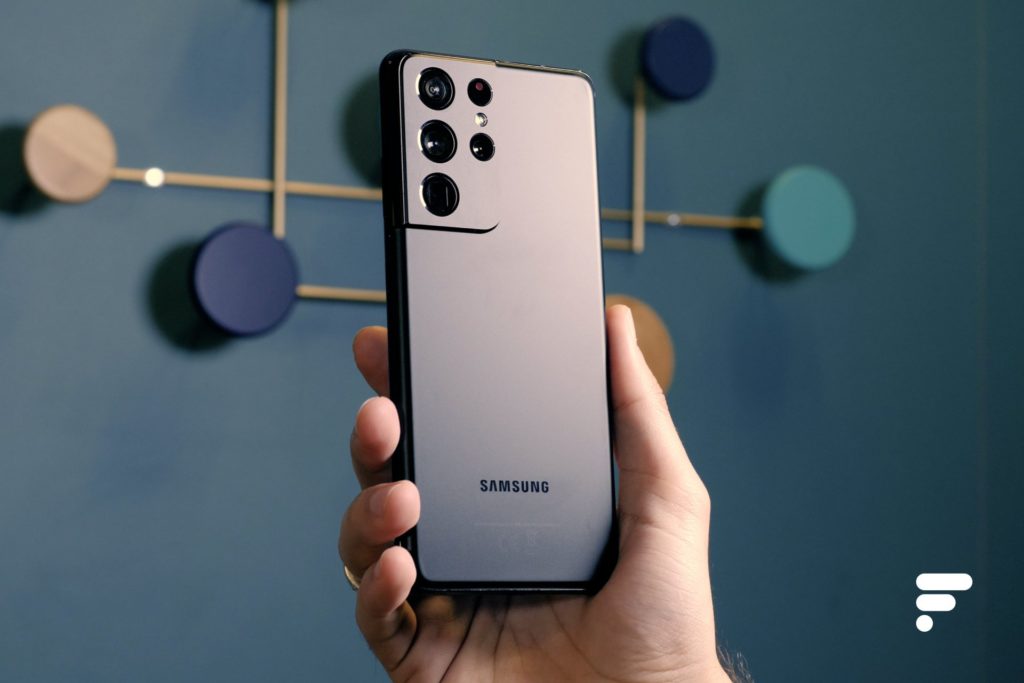
For the rest, the S21 has a new design compared to its predecessor. This year, Samsung is particularly emphasizing the contour of its device. On the model that has been lent to us, the gold-pink aluminum ring joins the camera block. An integration “in continuity”, which offers the Galaxy S21 a happier design than the S20 in our opinion. This new camera block also protrudes relatively little from the chassis (less than a millimeter), and therefore does not create any instability when lying flat.
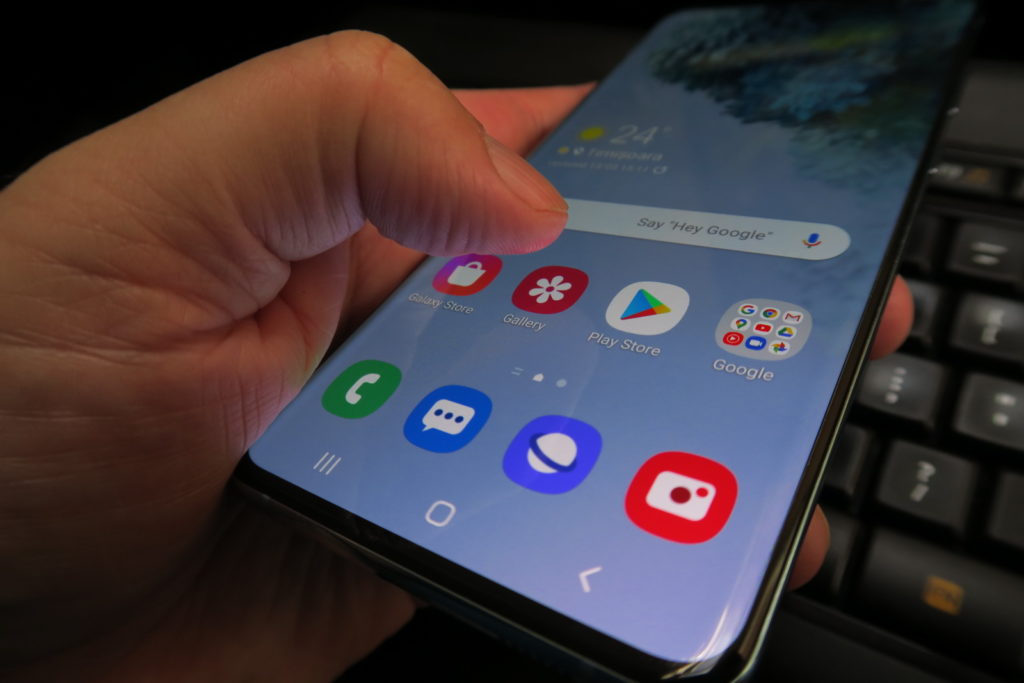
And while we’re on the subject: the Galaxy S21 screen is perfectly flat this year. While the Galaxy S20 still had a slight curvature (which the Galaxy S21 Ultra takes up), this “entry-level” model (for a Galaxy S, that is) takes a more S20 FE-like approach. We are not particularly moved by it. As we said: the grip is perfect, and only the volume control seems a little too high to reach it easily with the thumb. Everything else is perfectly designed to be able to use the phone with one hand – which is still rare enough to be said.
For the past two years, Samsung has been capitalizing on an ultrasonic fingerprint sensor integrated under the screen. The Galaxy S21 is no different, and has a brand new model much larger than the previous generation. Unlocking is fast, and thumb detection is efficient.
Finally, the Galaxy S21 includes two loudspeaker grilles. One on the lower edge, to the right of the USB-C port, and the other symmetrically on the upper (smaller) edge.
Screen: full of sights
Samsung cultivates a certain expertise for the design of AMOLED slabs with striking contrast and very bright colors. Of course, the Galaxy S21 is no exception. But unlike the Galaxy S21 Ultra (or the more recent Xiaomi Mi 11, which sells for less…), the Galaxy S21 can’t display WQHD+ definition (which would be a bit exaggerated on a 6.1-inch screen). So we’re satisfied with Full HD+, but on a dynamic frequency of 48 to 120 Hz depending on the content displayed on the screen.
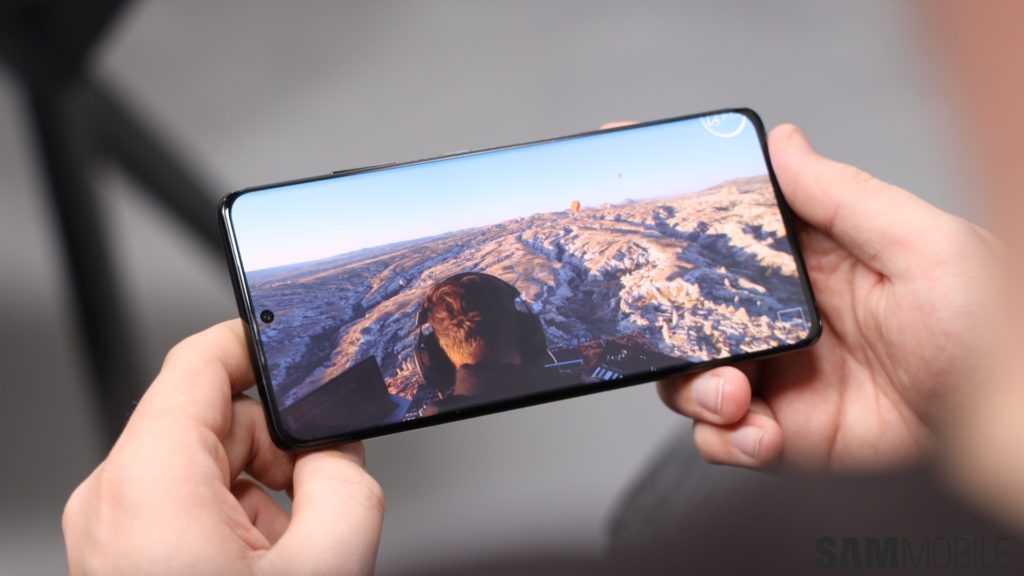
Now we know Samsung’s colorimetry habits. It is hard to deny that the manufacturer bets more on colors that break the retina than on compliance with image standards. However, the Galaxy S21 is a great way to rediscover its favorite content in a new (more saturated) light.
In the “Vivid” color mode, selected by default, the slab offers a temperature of 6800K. This is close to the expected standard of 6500K, but there is a strong drift towards blue. On the other hand, we reach 99.9% of the DCI-P3 gamut. Unfortunately, important colorimetric drifts (especially on red, which is extremely saturated) prevent us from going below a delta E of 6 (we were expecting < 3). As usual, the “Natural” mode allows to recover measurements much more likely to satisfy the image professionals. But the coverage of the DCI-P3 unfortunately collapses to 74%. Enough to go from extreme saturation to rather bland colors.
We thus preferred to make our little grub in our corner. Thanks to the few settings that Samsung leaves at our disposal, we opted for the “Vif” mode and we played with the RGB balance to get better results. By generously lowering the blue and a bit the red, we managed to recover a temperature of 6513 K (which is perfect), a P3 spectrum coverage of 99.3% and a delta E of 6.56.
To summarize, we will simply recommend to photography enthusiasts not to rely on the accuracy of the screen colors to retouch their pictures; or to movie lovers to obtain an image that is in line with the author’s vision. On the other hand, one will benefit from a systematically sublimated image, further enhanced by the infinite contrast of the AMOLED panel (the maximum luminosity has been established at 820 cd/m2).
Finally, it is up to each individual to decide whether a 6.1-inch screen is sufficient for the use he or she makes of a smartphone. To enjoy long hours of games or to devour series during a long train ride, the diagonal of the S21’s screen may seem a bit tight. But then again, it depends on one’s habits and desires.
